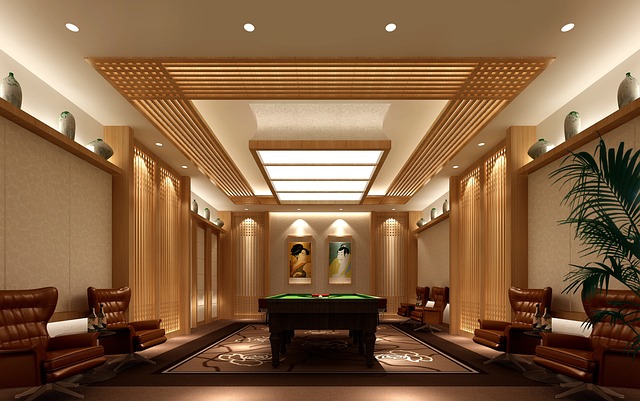Lighting Solutions to Improve Comfort and Visual Appeal in Shared Spaces
Thoughtful lighting can transform a shared lounge from purely functional to welcoming and visually balanced. By layering sources, considering layout and furniture placement, and choosing appropriate fixtures and finishes, lighting enhances comfort, supports activities like entertainment or reading, and highlights decor elements such as rugs, upholstery, and plants. This article outlines practical lighting strategies to improve comfort and aesthetics in communal spaces.

Lounge lighting and comfort
Lighting is central to creating a comfortable lounge. Start by defining activity zones—reading nooks, television areas, and conversation clusters—and provide task lighting where needed. Adjustable floor lamps beside a sofa or directional wall lights can reduce eye strain and create intimacy without over-illuminating the entire space. Consider dimmers to adapt light levels throughout the day and to accommodate different users sharing the room.
How does layout affect visual appeal?
The relationship between lighting and layout is reciprocal. A well-considered layout positions furniture so key light sources can do their job: a sofa placed under a soft ambient fixture, a media wall illuminated by bias lighting, or a console highlighted by accent lights. Use lighting to reinforce circulation paths and to visually anchor large pieces of furniture, ensuring fixtures complement rather than compete with the space’s proportions.
Selecting lighting to complement decor and sofa
Choose fixture styles and color temperatures that align with your decor and sofa fabrics. Warm light (2700–3000K) typically complements upholstered seating and richer textiles, making colors feel inviting and true. Metal or glass finishes on fixtures should harmonize with other decorative elements, and consider scale—oversized pendants can balance a deep sofa, while slender sconces suit compact seating arrangements without overwhelming the decor.
Textiles, rugs, upholstery and layered lighting
Layered lighting—ambient, task, and accent—works well with textiles and rugs to create depth. Ambient light establishes a base level, task lighting supports activities, and accent lighting draws attention to upholstery textures or a patterned rug. Soft materials can benefit from slightly diffused light to reduce glare and show texture; combining ceiling fixtures, table lamps, and low-level uplights makes the room feel cohesive and tactile.
Lighting for storage, entertainment and plants
Practical lighting improves storage usability and entertainment experiences. Integrated cabinet or bookshelf lighting clarifies access and displays; bias lighting behind a screen reduces eye fatigue during entertainment; and directional grow or spot lights accentuate plants without causing glare. Choose fixtures with appropriate beam spreads and CRI (color rendering index) so stored objects, media displays, and greenery appear natural and well-defined.
Managing acoustics, color, furniture, and flooring
Lighting affects perceived color and material quality: cool light can mute warm wood flooring and upholstery, while warm light enhances cozy palettes. Address acoustics with soft furnishings and consider where light fixtures might reflect off hard flooring or walls—matte finishes reduce harsh reflections. Position fixtures to minimize audio interference from ceiling-mounted equipment and select styles that integrate with furniture lines to maintain a balanced visual and acoustic environment.
Conclusion
Effective lighting design for shared spaces combines functionality with visual coherence. By planning layers of light tied to layout and furniture, choosing color temperatures that suit upholstery and flooring, and using fixtures to highlight decor, storage, and plants, you can create a lounge that supports diverse activities while feeling comfortable and visually pleasing.





